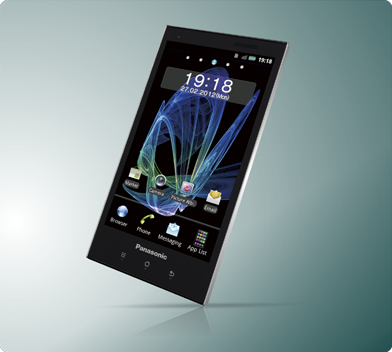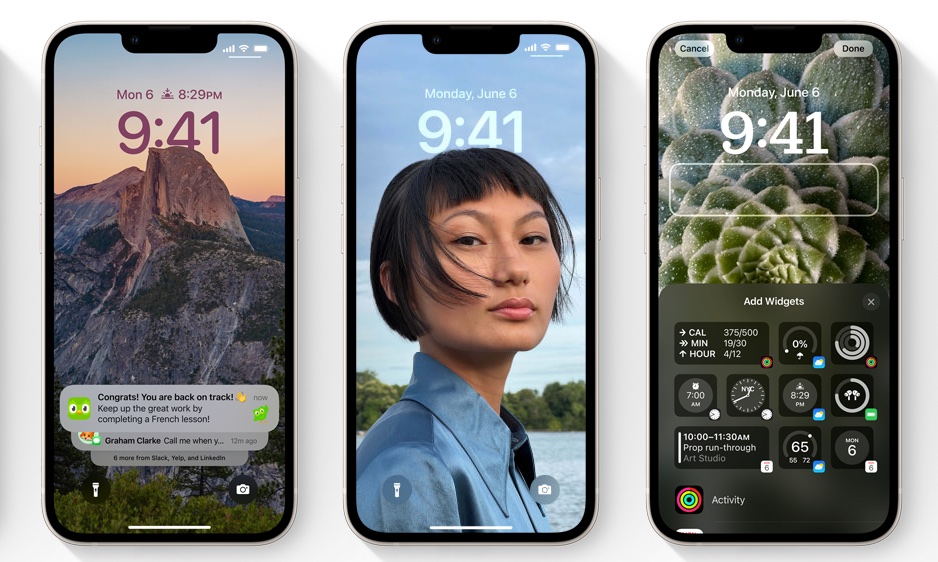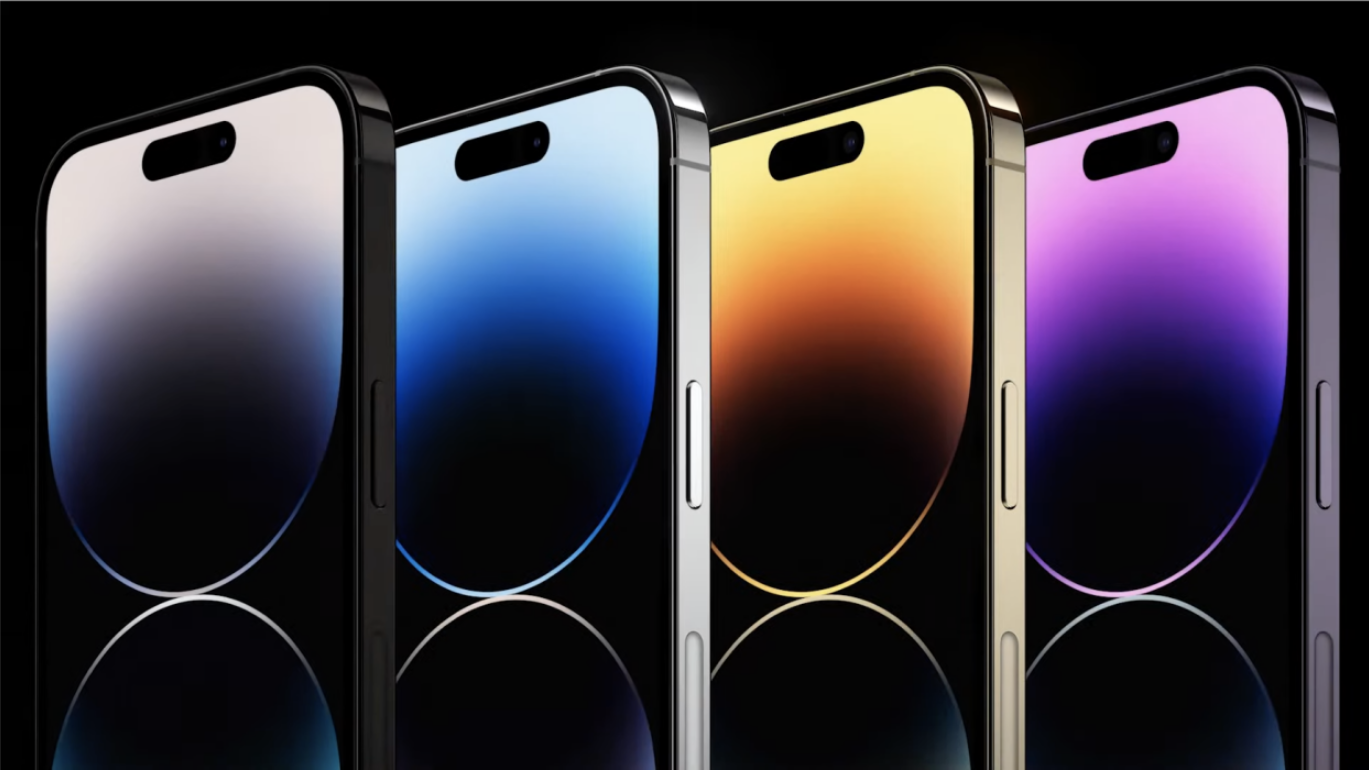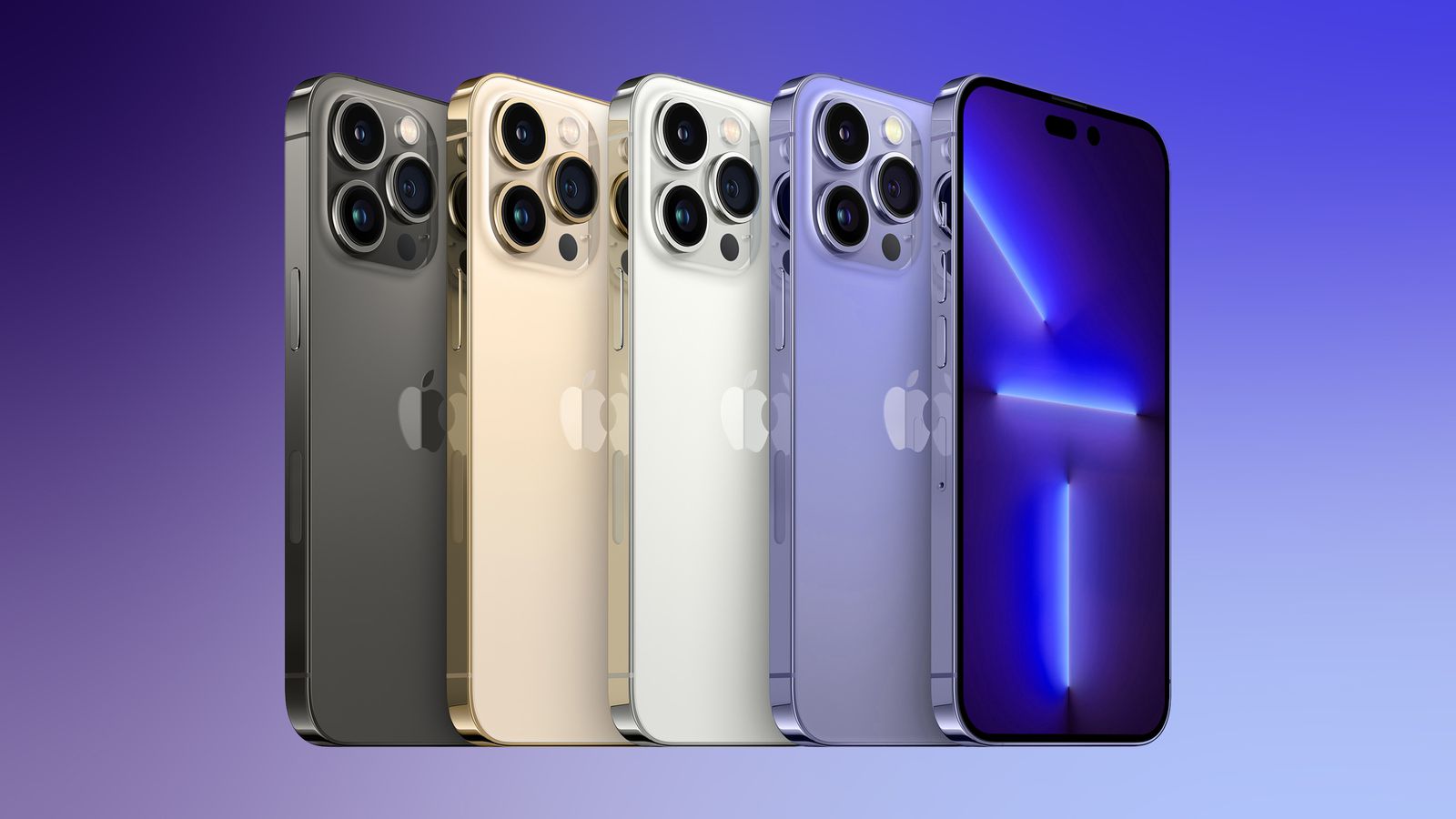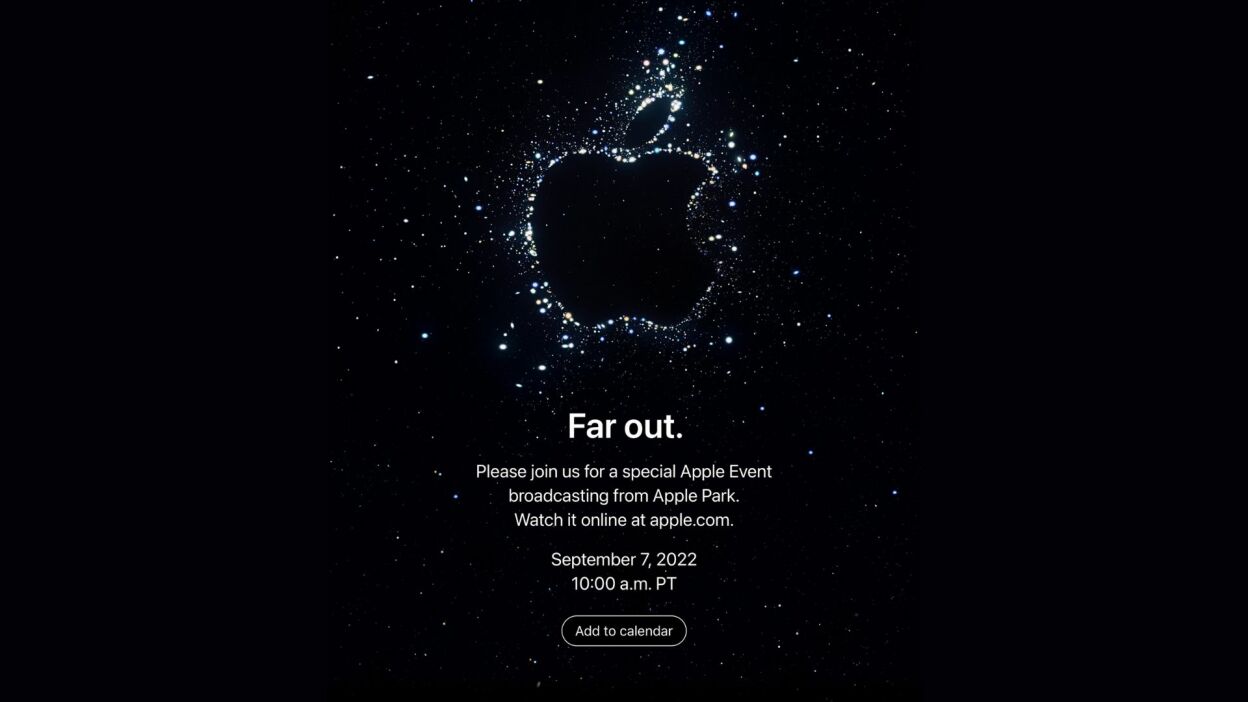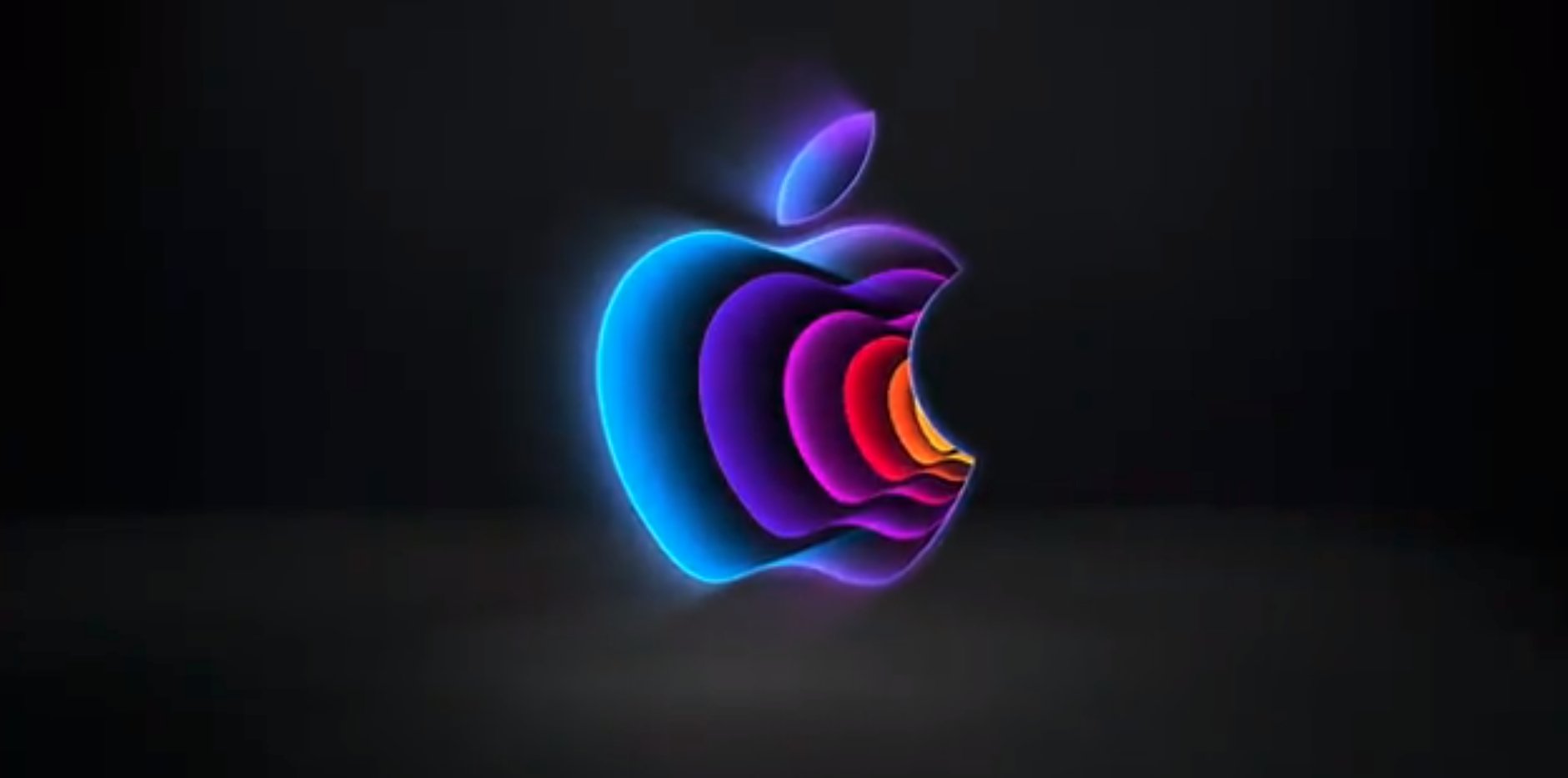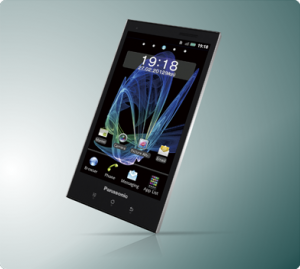 There’s much doom and gloom spoken about the effect smartphones have had on digital photography. Although the digital camera market was still worth £598 million in 2011, this is down by nearly a third from 2006, when it was worth £843 million.
There’s much doom and gloom spoken about the effect smartphones have had on digital photography. Although the digital camera market was still worth £598 million in 2011, this is down by nearly a third from 2006, when it was worth £843 million.
Some speculators (probably with a vested interest in mobiles) are saying that they can hear the death knell of digital cameras: here’s an example:
“I can see no reason for people to buy a digital camera in a couple of years’ time as many people have already abandoned them. Why would you pay more, carry around two devices and go through all the pain of uploading photos when you can do all that from one device that you already own? I wouldn’t want to own shares in digital camera companies right now because their industries are about to get decimated by the mobile phone.”
But we ought to look beyond the bare stats and the ravings of “the end is nigh” brigade and those who want to make in your face headlines. As newer technology continues to improve the specifications of top-end equipment, measurements like megapixel density or the top level of optical zoom possible will become all rather meaningless those consumers who want a simple good quality picture from their phones or cameras, and then want to share them socially.
When mobile phones first had a camera built in them, in the 1990s, they were poor quality add-on affairs that were more gimmicky than of actual genuine photographic use. But how times have changed. The latest top of the range mobiles have quality optics and features that rival many entry-level digital phones. But is this trend going to continue, and what are digital camera manufacturers doing in response? In a word, learn.
The big change that made cameras in mobiles so popular was the ability to not only speak to someone, and text them, but to send them an image or a video of where you are and what you are doing, that they can receive and look at on their own phone, without having to rush to plug in a computer. While there will always be purists who will compartmentalise photography as something to be kept separate from day to day human interaction on the move, the bridge should be made between those who like to take decent (even artistic) photographs and videos, but who also want to share them quickly and simply with their friends, employers, whoever.
Camera manufacturers could choose to either invest in a web service that complements captured photos or video, or to focus on including new, innovative hardware capabilities and modifications, to retain consumer interest. And go beyond that. Actually win over people from mobile phone photography to digital camera photography.
 One of the big pluses of cameras being included in almost all mobile phones is that it has opened up photography to a whole new swathe of people who probably wouldn’t have thought of themselves as photographers. Many of these new converts will actually begin to be drawn in to the world of digital photography and see that it is a medium in its own right, and not just an appendage to social networking. That means there’s a potential new set of customers for those digital camera manufacturers who can get on the beam and produce a quality digital camera, which will not only have more features than a mobile phone camera, allowing the user to grow with the product, but retain and even enhance the social sharing communication experience of mobile phones.
One of the big pluses of cameras being included in almost all mobile phones is that it has opened up photography to a whole new swathe of people who probably wouldn’t have thought of themselves as photographers. Many of these new converts will actually begin to be drawn in to the world of digital photography and see that it is a medium in its own right, and not just an appendage to social networking. That means there’s a potential new set of customers for those digital camera manufacturers who can get on the beam and produce a quality digital camera, which will not only have more features than a mobile phone camera, allowing the user to grow with the product, but retain and even enhance the social sharing communication experience of mobile phones.
There is also the factor that some shots are so important that you may not want to trust mobile phone camera technology, but want to go with a dedicated camera to make sure that the shots will be the best possible and stand the test of time.
I’m thinking here of weddings, parties, even holidays. While a mobile phone with a camera can take a shot as good as an entry-level digital camera most of the time, what about if the conditions on the day mean that you need more than the built-in flash of the mobile phone camera? Or a stand/tripod? Or something to enhance a particular part of the composition? Indications are that for “important” photography, people will turn to their digital cameras, or buy one.
So what empirical evidence is there of the effect of the phenomenon of mobile phone cameras on recent digital camera manufacturers?
Canon, Panasonic, Olympus, Pentax and Nikon have in recent years launched a new kind of camera that matches the quality of lenses of a professional model with the sleek, light body of a pocket, point-and-shoot device. Although these mirrorless cameras aren’t a great deal cheaper than the professional digital single lens reflex (DSLR) model, they are lighter and more compact. More mobile phone like in fact.
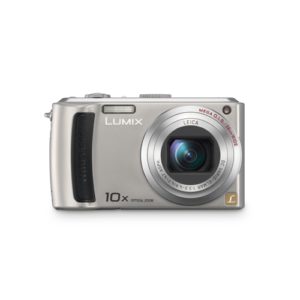 A range of cameras launched in the past few months have for the first time included WiFi chips, making it possible for users to share their photos much as a smartphone user might. With this Samsung you can share images and videos wirelessly; instantly send a photo to another mobile phone using Bluetooth. Or rely on the Wi-Fi capability to email it directly from the camera or upload it seamlessly to Picasa, Facebook, YouTube, and samsungimaging.com. You can even upload a video you just shot to YouTube. Now that’s going to make mobile phone manufacturers sit up and take notice!
A range of cameras launched in the past few months have for the first time included WiFi chips, making it possible for users to share their photos much as a smartphone user might. With this Samsung you can share images and videos wirelessly; instantly send a photo to another mobile phone using Bluetooth. Or rely on the Wi-Fi capability to email it directly from the camera or upload it seamlessly to Picasa, Facebook, YouTube, and samsungimaging.com. You can even upload a video you just shot to YouTube. Now that’s going to make mobile phone manufacturers sit up and take notice!
Panasonic too have entered this market with their Lumix DMC-TZ50. It will let you connect to your wireless home router or a T-Mobile hotspot to upload one or more photos directly to Picasa, Google’s integrated photo-sharing website.
While mobile phones may have a zoom feature that is likely to be a digital zoom, which is inferior in quality to the optical zooms found on digital cameras. In fact this advantage is being maximised by more recent digital cameras having astonishing optical zooms built in, on even very compact phones. Take the Nikon Coolpix 100 for example, with its x26 optical zoom. Or the Panasonic Lumix FZ series with a x24 optical zoom. Even more compact is the Panasonic Lumix DMC-ZR3 with a x8 optical zoom that will suffice for most shots for most people. If you want more the Lumix TZ30 has a x20 optical zoom.
Just as the camera gets smaller and more sociable, so will the mobile phone evolve and compete to incorporate features presently only available on a digital camera. The winner will ultimately be the consumer who will have more choice and more features, for both digital cameras and mobile phones with cameras, at competitive prices.

